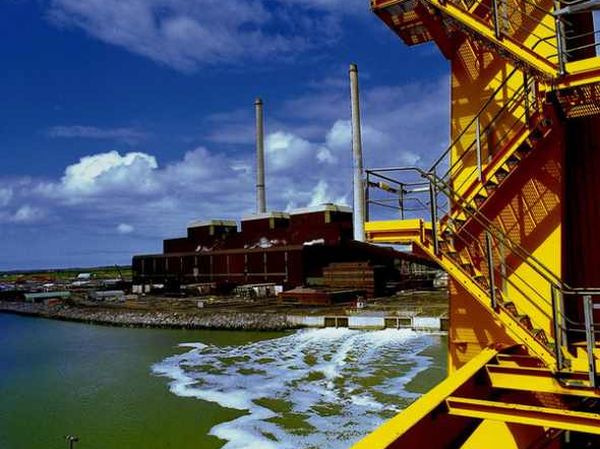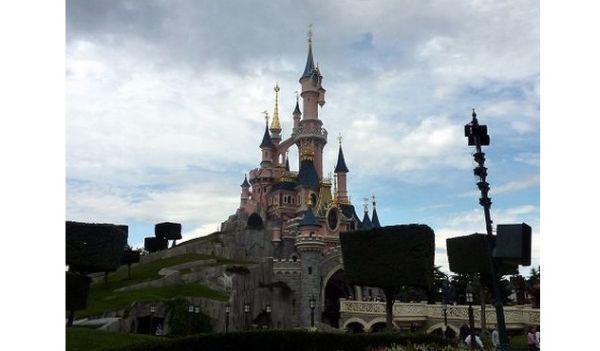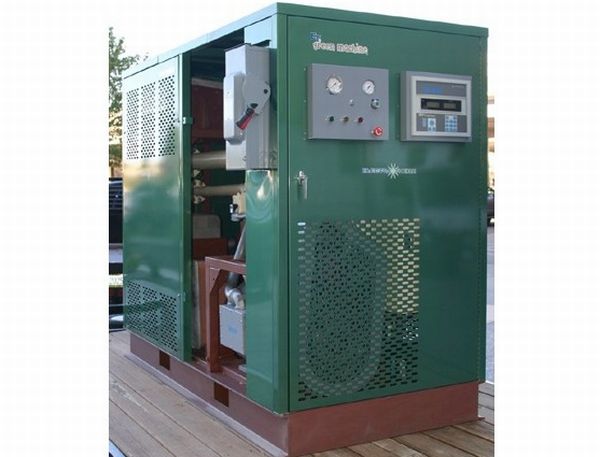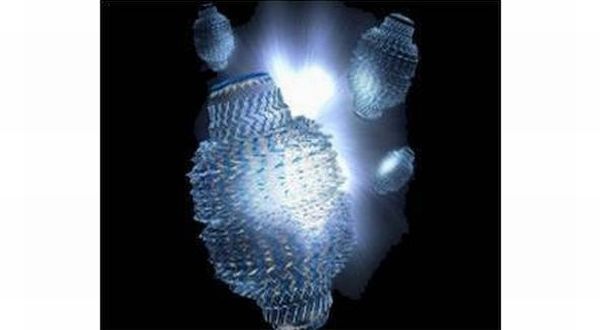
As We Know It
Electricity is indisputably one of the most significant discoveries in history that played a major role in enhancing the comforts of human life. We usually use electricity in our every daily life without giving it much thought. Saving and consuming less electricity is of great significance in view of environment protection. Most of the nations are turning to efficient and environmentally-friendly techniques in areas of electricity production. Green and clean energy deserves a great deal of attention since it does not harm and exploit the environment. Electricity from waste heat, also known as secondary heat or low-grade heat, is an instance of green energy that can herald a new era of energy creation.
Large amounts of excess heat are produced everyday by factories, machines, electrical equipments, data centers, power plants, household appliances etc. These kinds of waste heats are useful sources of energy, and can be recovered and used to produce electricity. Waste Heat Recovery methods help in reusing this heat, which may otherwise go wasted.
In 2007, a team of physicists from the University of Utah, under the leadership of Orest Symko, came out with innovative devices that can turn heat into sound and then into electricity. This technique of transforming waste heat into electricity is considered to be groundbreaking. Symko has announced his intention to test these small devises at a military radar facility and at the university’s hot-water-generating plant in an attempt to generate electricity from waste heat.
Need For Change
The use of thermoelectric devises that convert heat into electrical power are found out to be ineffective in making much impact in terms of electricity generation. It is reported that now researchers have come up with new improved devises that can convert waste heat from cars and other motorized devices into functional electricity. Scientists from the Oregon State University (OSU) has discovered a new technology, which will capture the waste heat produced by automobiles, factories and power plants and will convert them into useful electricity. Sustained research is required to perfect the technology and adapt it to different uses.
More studies should be conducted methods to increase efficiency by reducing the energy lost. By the time the original energy takes different forms and reaches the final point, lots of energy are wasted and diffused. This wastage has to be reduced to save energy.
What’s next?
Following are listed some of the projects that efficiently make use of clean electricity from waste heat.Following are listed some of the projects that efficiently make use of clean electricity from waste heat.
1) Disneyland Paris

What’s new? : Disneyland Paris, the renowned holiday resort in Paris, France, has set an example of embracing clean energy from waste heat in a novel way. Euro Disney, which runs the resort, has collaborated with French energy provider Dalkia in this green effort. Waste heat from the computers in its data centers will be collected and transmitted to the heating network at the Val d’Europe business park via a heat exchanger. The heat from data centers usually go wasted. But this new initiative utilizes the otherwise waste heat into a very useful form.
What difference will it make? : The heat generated by large number of computers in data centers will be put to good use. The waste heat from data centers that usually go wasted will be captured to generate energy for nearby homes and offices. Electricity from waste heat does not impose any environmental or economic constraints. According to an estimate, approximately 5,400 tons of carbon will be prevented from entering the atmosphere each year by this initiative.
Problems: So far no problems are brought up by any researchers regarding the project. Even though the idea of using waste heat from computer to heat nearby structures is not new, practical implementation in real world is very limited. This bold initiative by Euro Disney is expected to inspire similar kinds of efforts.
2) ElectraTherm

What’s new? The American company that specializes in small-scale waste heat recovery systems, ElectraTherm, has installed its innovative Green Machine at Southern Methodist University in Dallas. The renewable energy company’s Green Machine will transform residual industrial heat into fuel-free and emissions-free electricity clean electricity. It marks ElectraTherm’s successful installation of first commercial waste heat generator.
What difference will it make? It is claimed that the easy-to-maintain equipment can generate 50 kilowatts of electricity an hour. ElectraTherm’s Green Machine will also offer attractive payback period on investment. The small footprint of the machine is another advantage.
Problems: To date, no problems are reported regarding the functioning and output of Green Machine, which is touted as the world`s first commercially viable waste heat generator.
3) Nanoengineering Techniques

What’s new? A team of scientists from the University of Wollongong in Australia in collaboration with researchers at Rensselaer Polytechnic Institute, New York, have developed new ‘nanomaterials’ that can produce electricity straight from waste heat. The nanomaterials, in the form of small pellets, are made of materials that are good at conducting electricity. Zinc oxide (ZnO) is considered to be a very apt substance for this use. The researchers have successfully discovered way to reduce zinc oxide’s thermal conductivity without lessening its electrical conductivity.
What difference will it make? The newly discovered nanomaterials will help in generating electricity from ‘waste heat’, which is clean and green. Putting waste heat into practical use bids immense potential to enhance the efficiency of all electrical devices. Inexpensiveness is another advantage of this new method of heat recycling.
Problems: One of the major problems associated with nanomaterials was the choice of a material that is good at conducting electricity but poor at conducting heat. Researchers have solved the issue by adding small amounts of aluminum to zinc oxide, and processing the materials in a microwave oven.
4) Ener-G-Rotors

What’s new? Ener-G-Rotors is a New York-based company that specializes in equipments that convert low temperature waste heat into electrical energy. Ener-G-Rotors has discovered a new device that uses a tool called gerotor in place of turbine. This near frictionless instrument in the form of two concentric rotors makes low-temperature waste heat a reality. The concept is inspired by the working of Rankine cycle. The mounting vapor in the devise rotates the gerotor. Since the devise is frictionless, the rotors move effortlessly and hence can work even at lower temperatures.
What difference will it make? The typical heat-harvesting technologies available today are capable of converting temperatures that are above 150 °C. But Ener-G-Rotors’ new devise can use heat between 65 and 150 °C very efficiently. Ener-G-Rotors’ new solution is economical and eco-friendly.
Problems: Hitherto, no problems are reported regarding Ener-G-Rotors’ new waste-to-heat devise. According to sources, te company is getting major orders from companies such as Harbec Plastics and New York State Energy Research and Development Authority.
Waste heat is a byproduct of nearly all electrical devices and industrial processes. According to statistics, approximately 60% of produced energy is wasted as heat. Since electricity generated from waste heat is 100% clean, electricity production from waste heat should be given high impetus.




